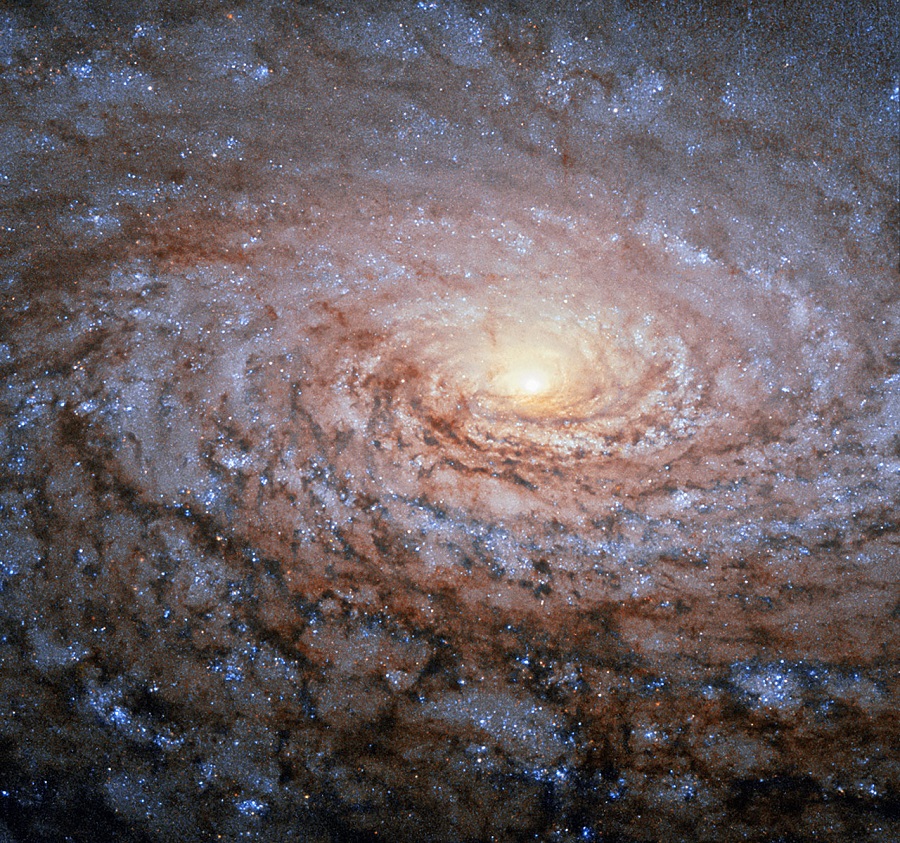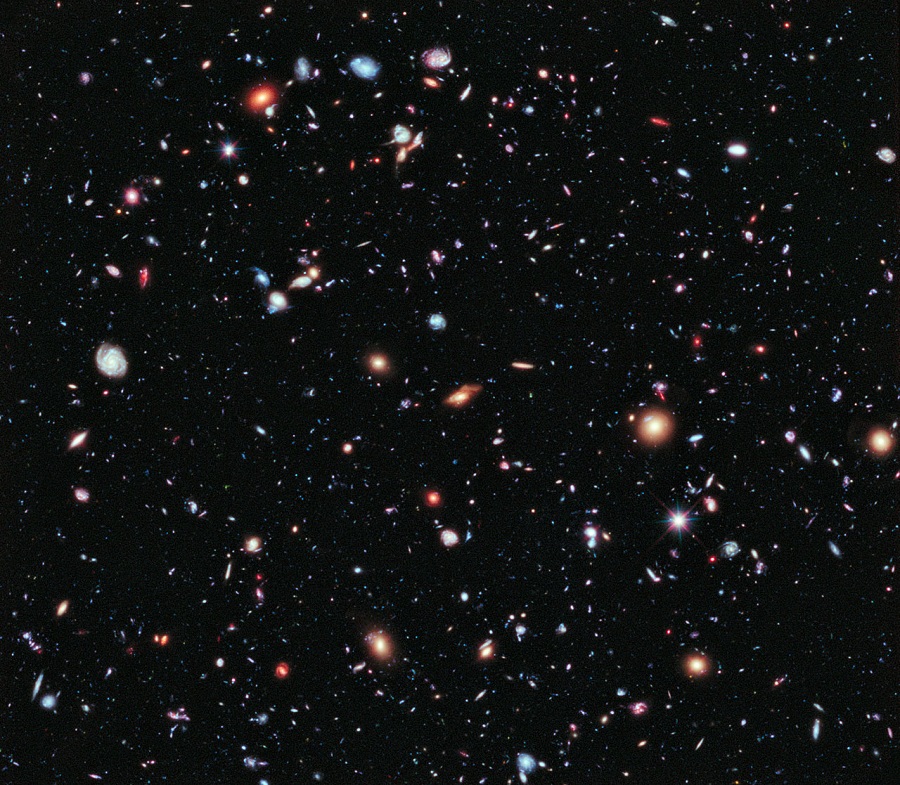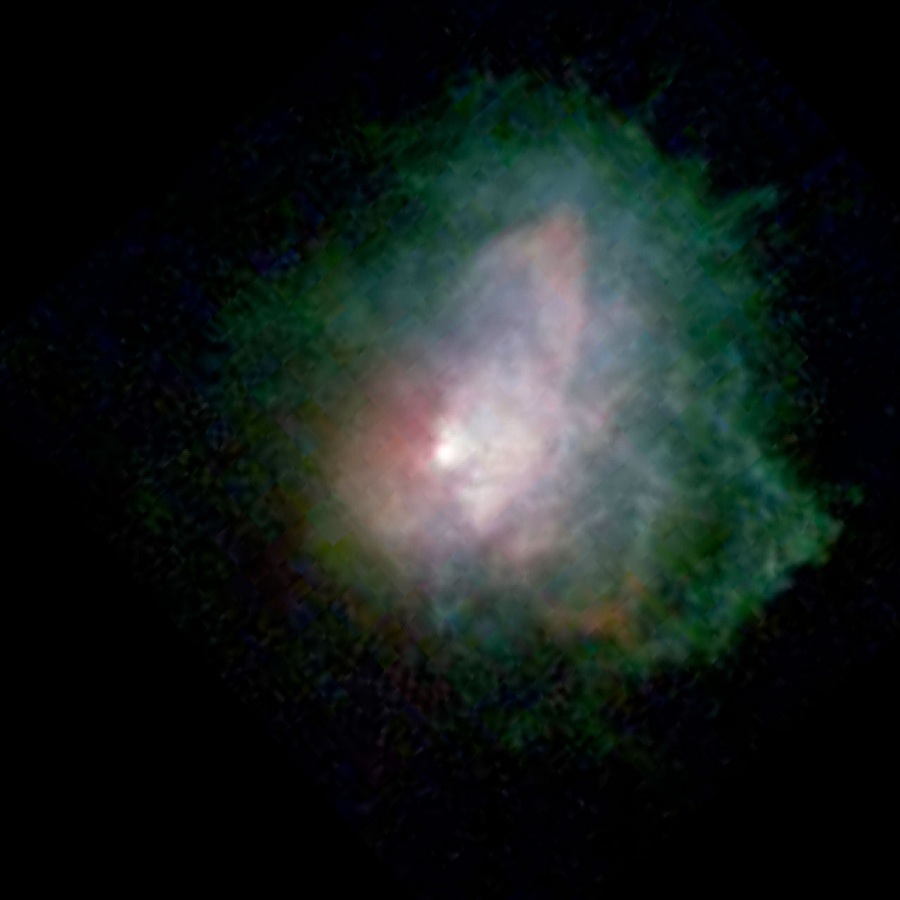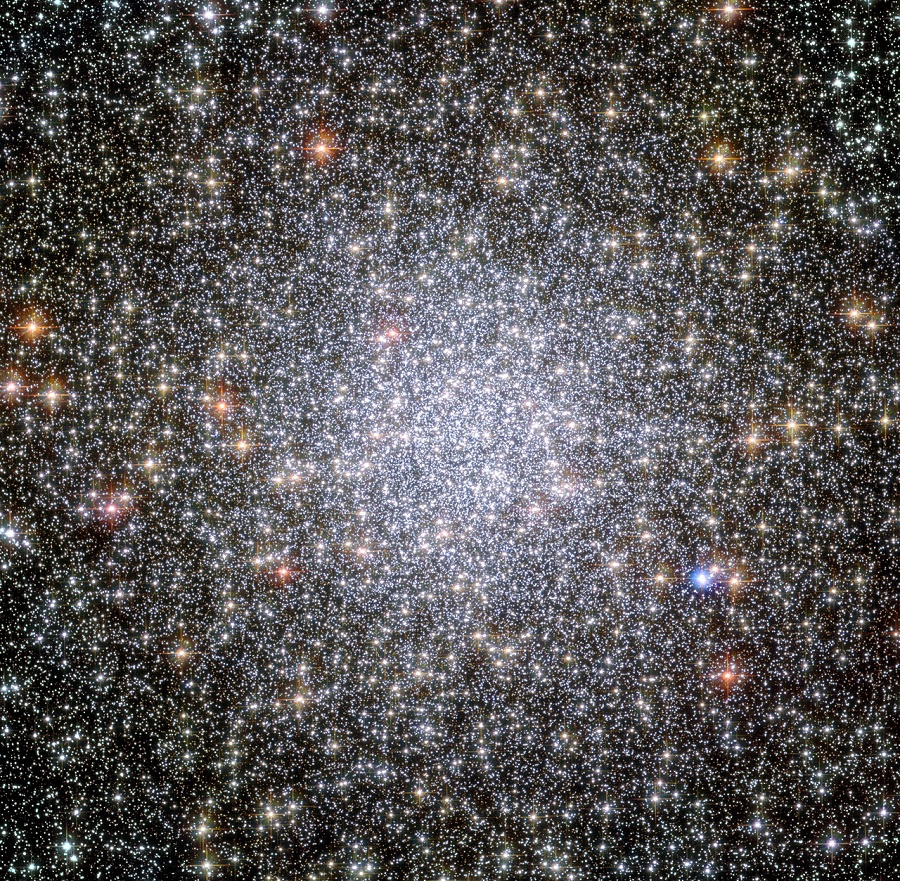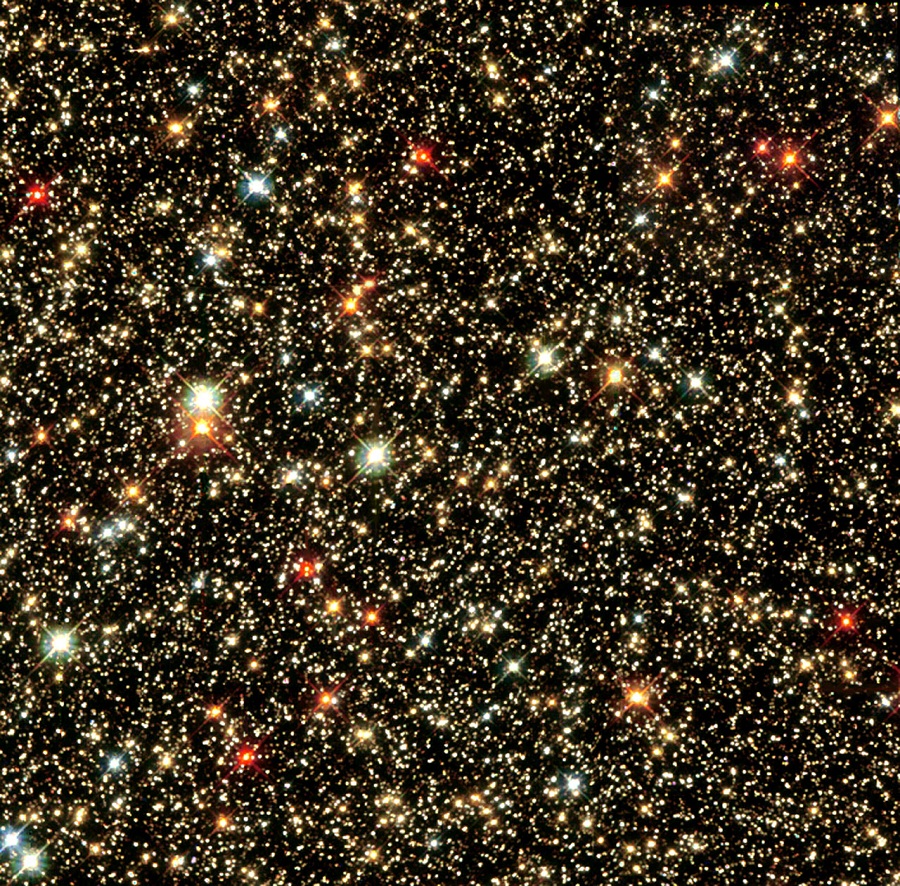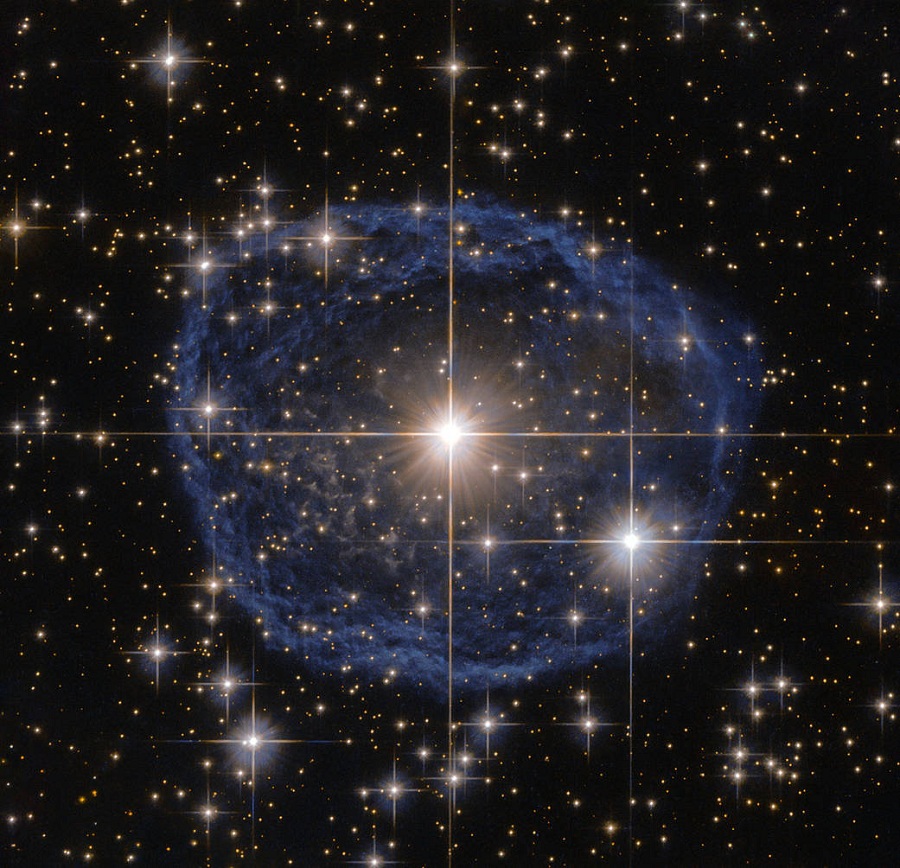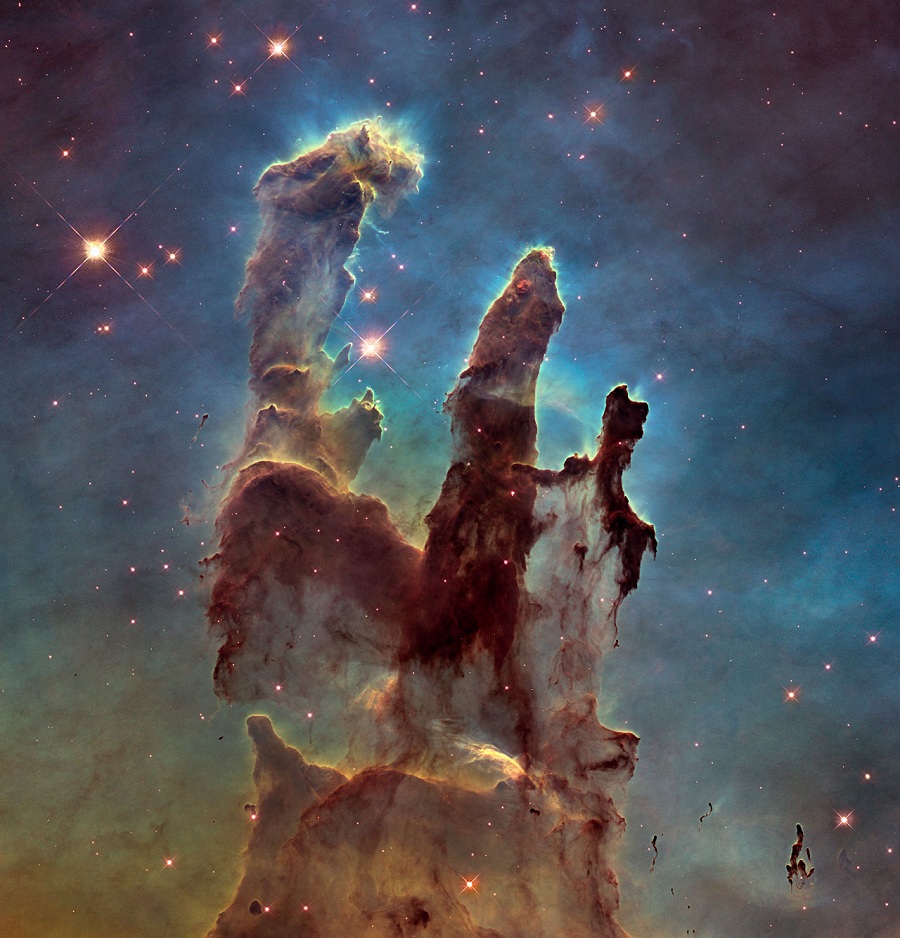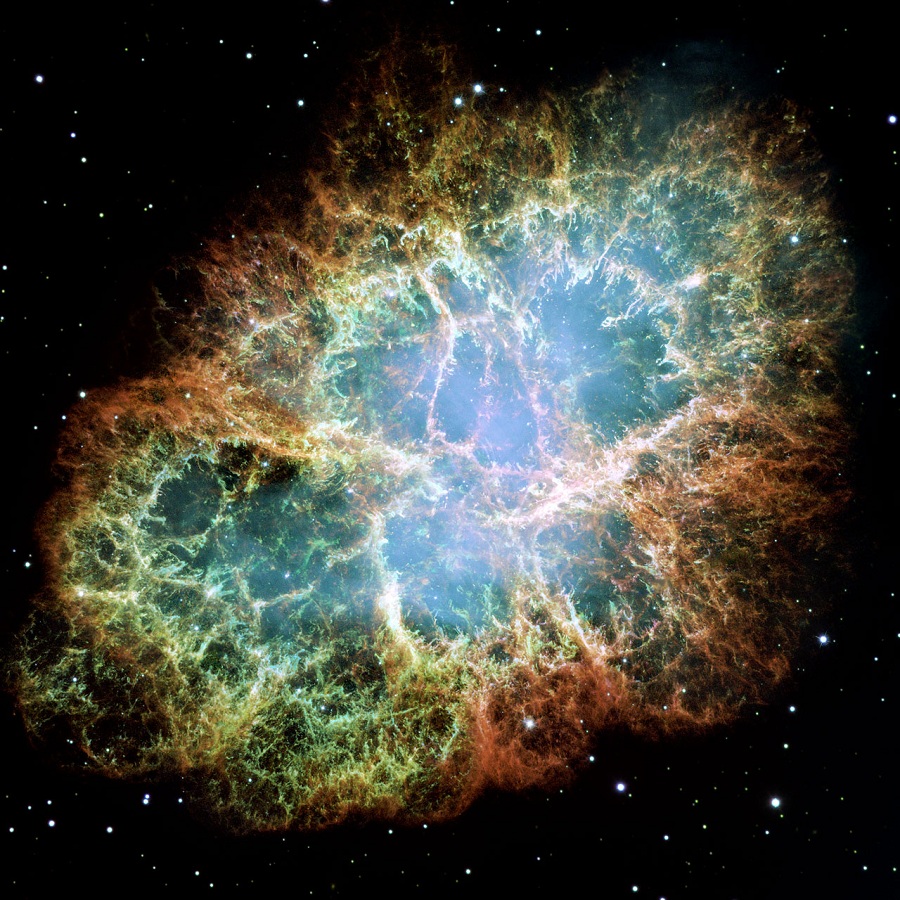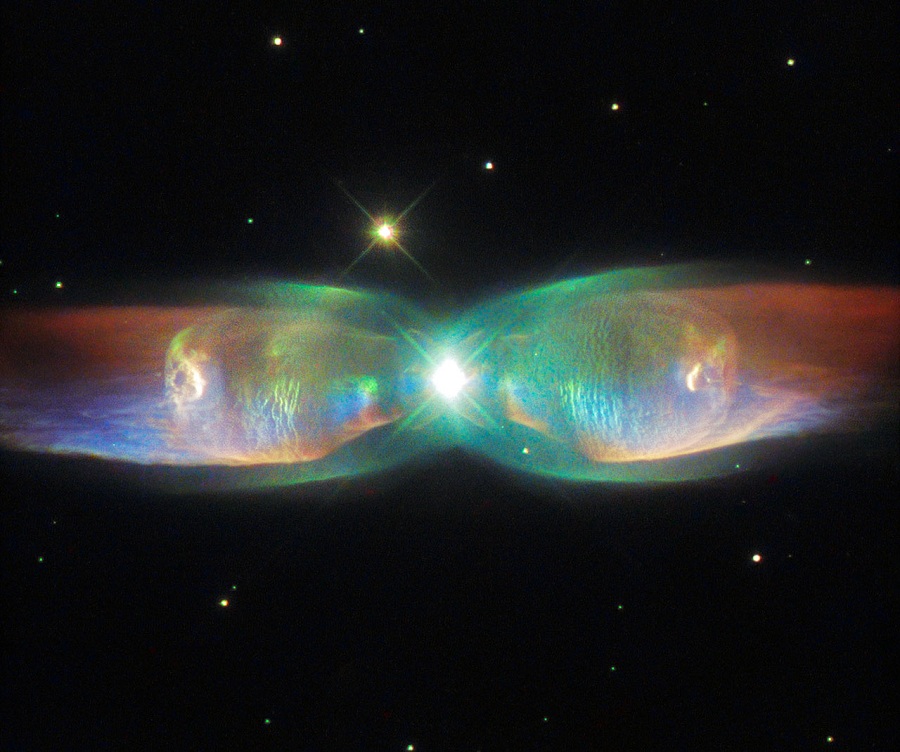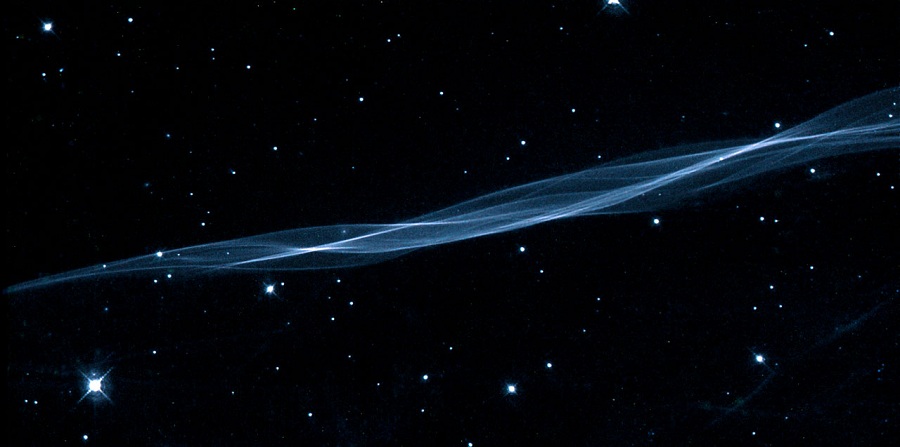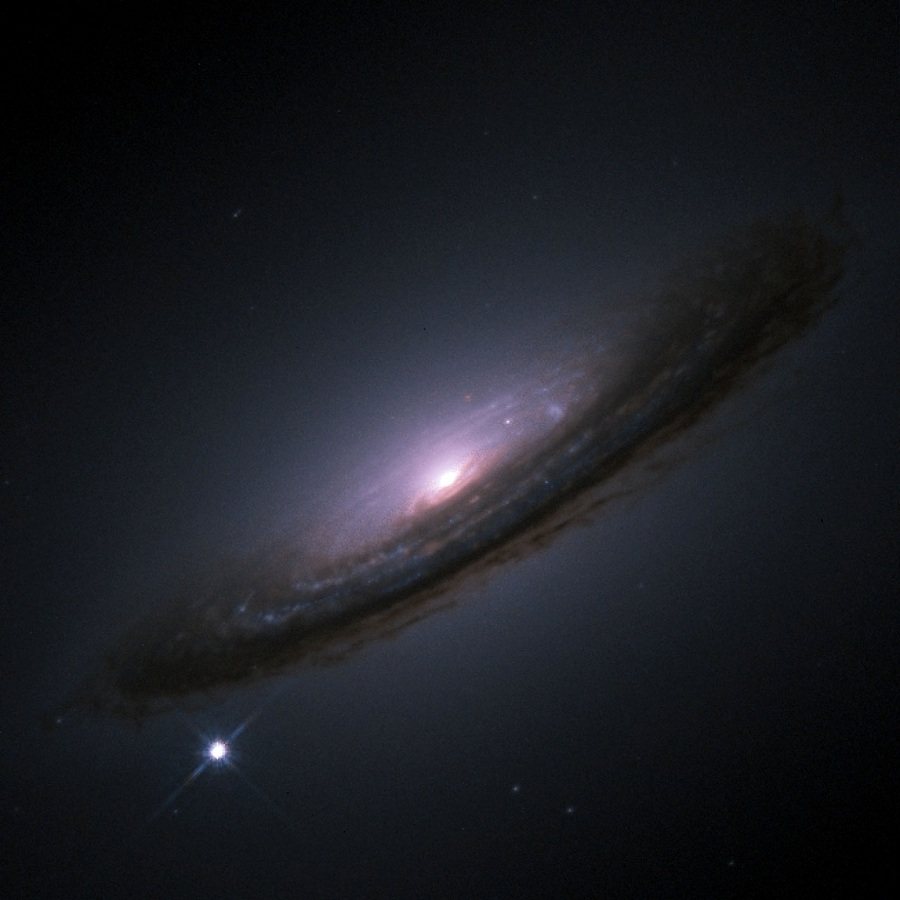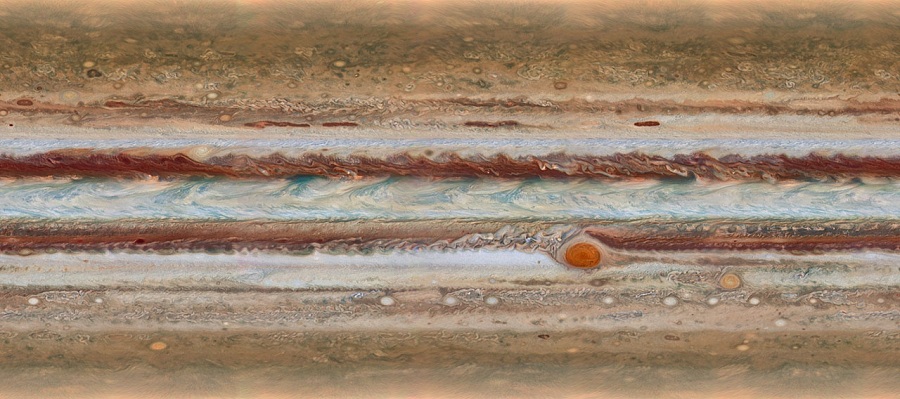Things way up there have always fascinated us even from the time of our ancestors.
But nowadays all thanks to science, we have a much deeper knowledge about the universe.
We are taking a look at some of the best it has shot all these years.
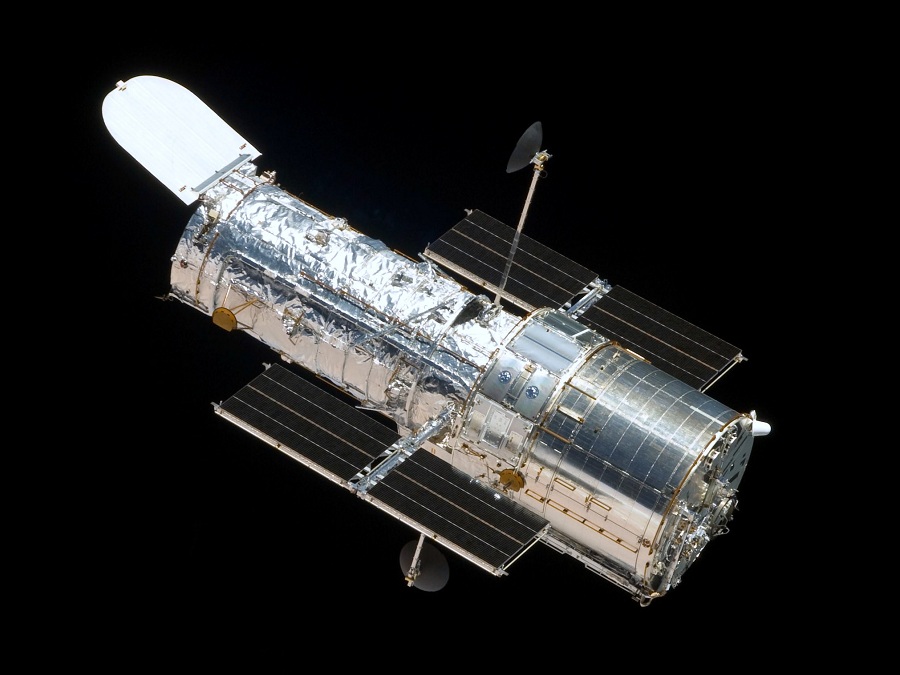
Hubble Space Telescope. Image taken from Space Shuttle Atlantis.
Just in case you didnt hear it earlier, Jupiter is the largest planet in our solar system.
Mars, the red planet, is currently inhabited by robots.
The giant moon Titan has its shadow on Saturns north polar hood.
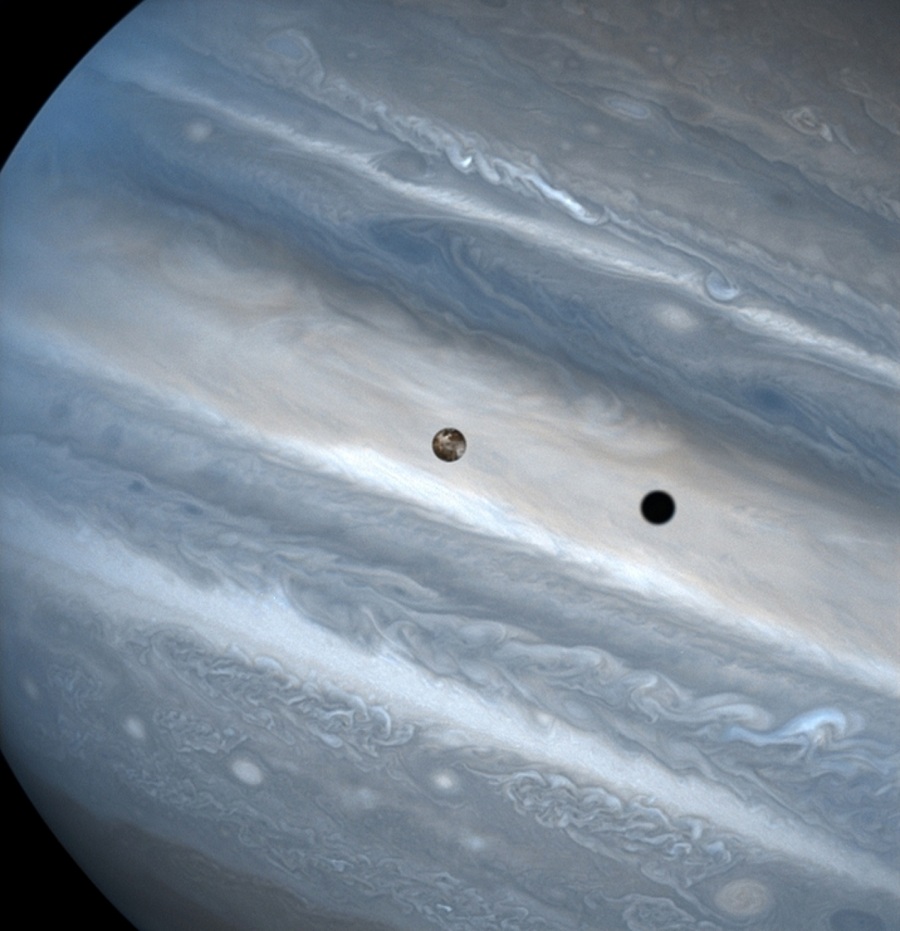
Below Titan and slightly to the left is Mimas with a much smaller shadow on the equatorial cloud tops.
Farther to the left are the moons Dione and Enceladus.
The image below shows an area just 30 millionth of the whole sky.
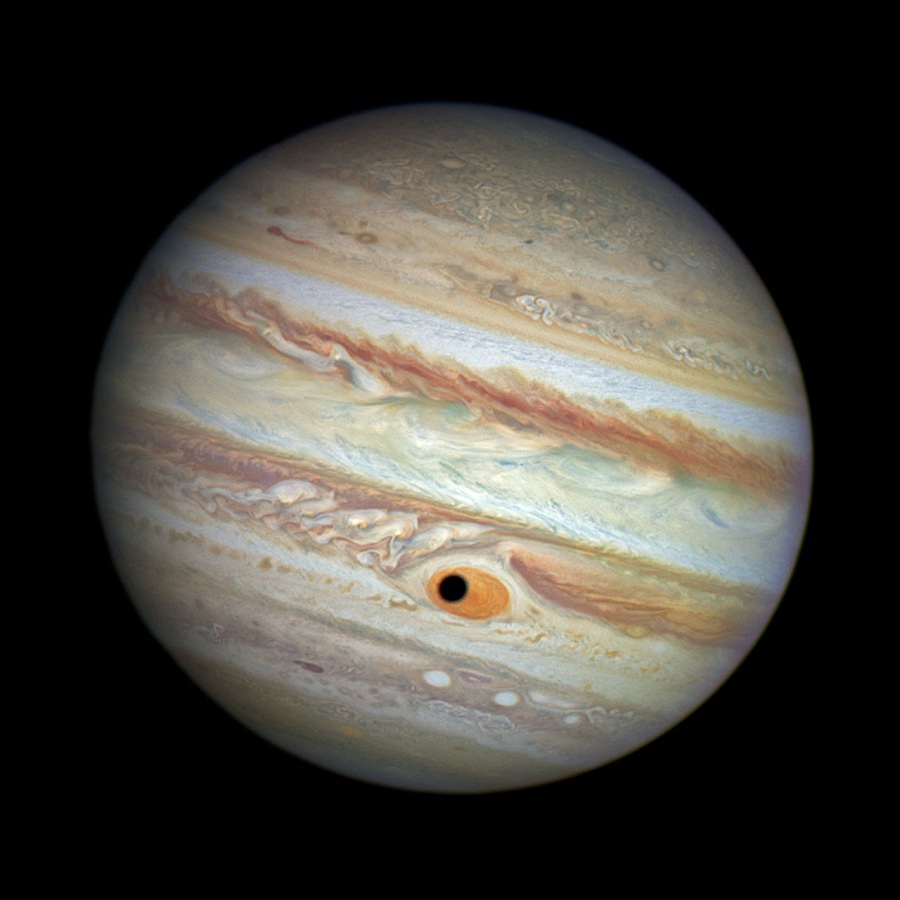
Yet the long exposure allows us to take a peek at about 5500 galaxies.
Cant imagine how huge it is?
But dont worry, it is about 3900 light years away from us.
![One large storm system high above the northern polar cap [top of image], and a smaller dust storm cloud can be seen nearby. Another large duststorm is spilling out of the giant Hellas impact basin in the Southern Hemisphere [lower right].](https://cdn.thecoolist.com/wp-content/uploads/2016/06/Mars-Hubble-Space-Telescope-The-Coolist.jpg)
It is the second most brightest globular cluster in the night sky (first isOmega Centauri).
As you know, we live in the Milky Way galaxy.
But because of the presence of dust, we cant properly see much of our galaxy.
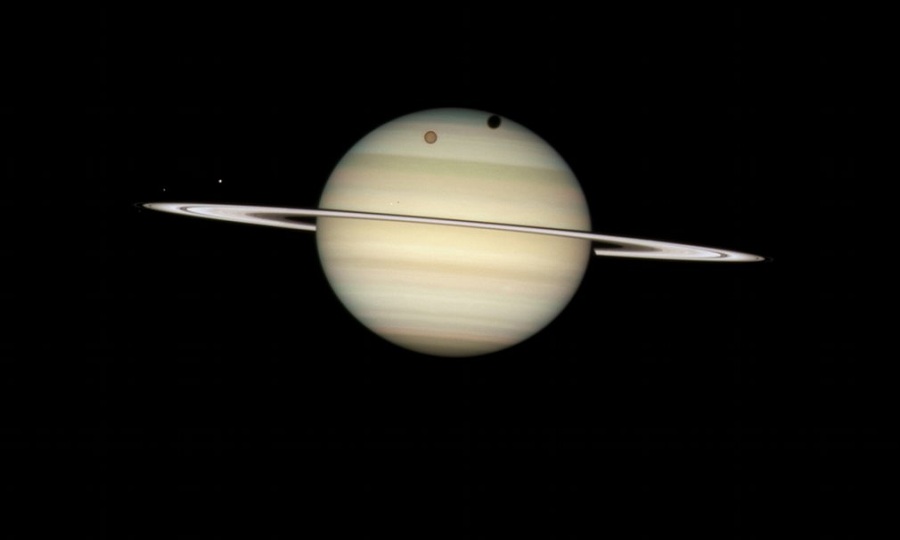
Its more beautiful than a treasure chest full of gems, right?
Some More Magnificent Images
Sources:Space Telescope,Hubble Site,NASA

